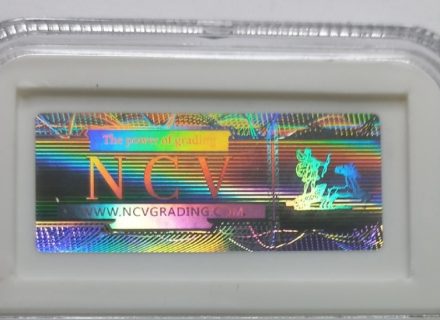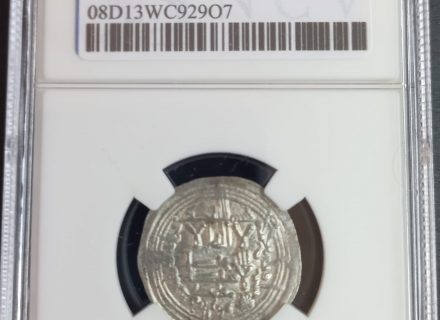Numismatics is a fascinating field that attracts the curious from all over the world. Collectors are naturally intrigued by rare objects, and coin collecting, as you can imagine, is no exception.
In this article, we will delve into some of the most curious coins, from the tiniest to others with bizarre shapes, unusual materials, and stories that will not leave you indifferent.
1. Where does the word currency come from?
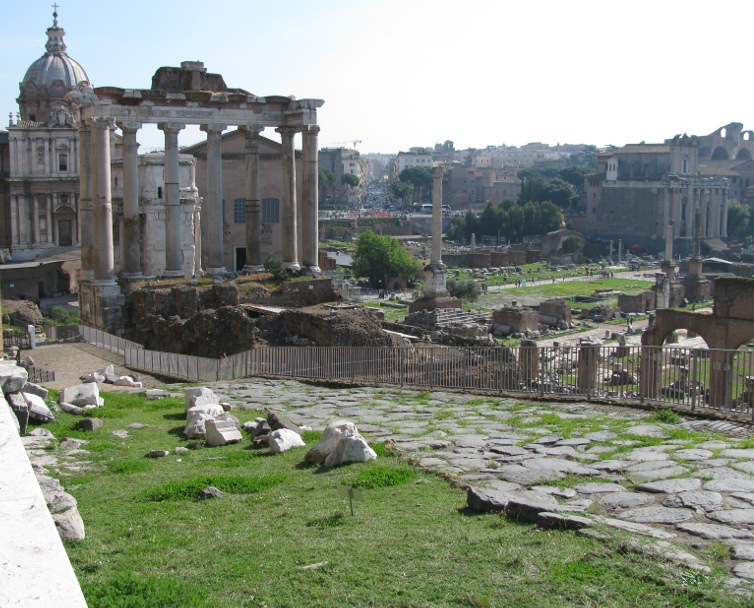
This seems an essential question. As you have probably already guessed, the word coin comes, of course, from Latin.
However, in English, which is also heavily influenced by Latin, it is slightly different than in French or Spanish.
In English, the word coin has its origin in the Latin word ‘cuneus’, which refers to the wedge. Coins were produced by minting primitive plates with wedge-shaped dies.
In Ancient Rome, coins were made in a workshop located on the Capitoline Hill. Curiously, next to this workshop was the temple of Juno Moneta.
In other languages such as Spanish (moneda) or French (monnaie), the translation of this name is ‘Juno, the Warner.’ The temple was erected in honour of Juno, who had warned (in Latin, ‘monere’) the Romans of various attacks on the city.
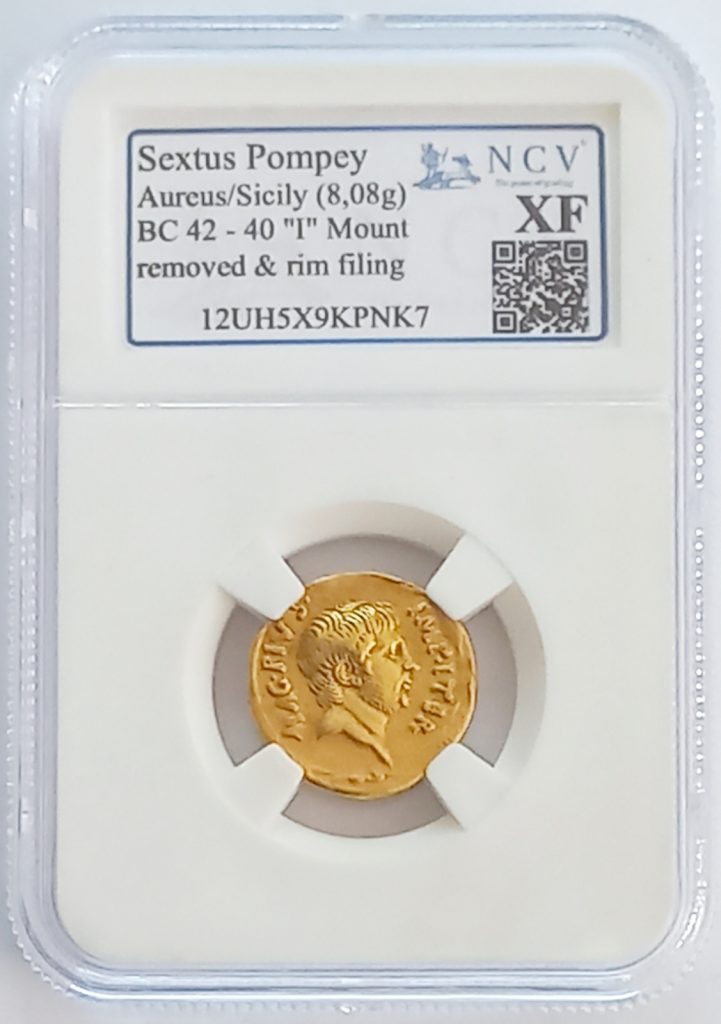
The Romans, astute as they were, associated the word ‘Moneta’ for Juno with the coin workshop next to the temple, where the Roman denarii (which, incidentally, gave rise to the word ‘money’) were minted. Thus, the word ‘coin’ comes from ‘Moneta’.
In other languages such as SPanish or French, the translation of this name is ‘Juno, the Warner.’ The temple was erected in honour of Juno, who had warned (in Latin, ‘monere’) the Romans of various attacks on the city.
2. The oldest coin
The coin considered to be the oldest in the world is the Lion of Lydia. It was minted approximately 28 centuries ago in Lydia’s kingdom, corresponding to modern-day Turkey. This coin was made of electron (a natural alloy of gold and silver), was almond-shaped and weighed about 4 grams. Its design depicts a roaring lion. It is now in the British Museum.
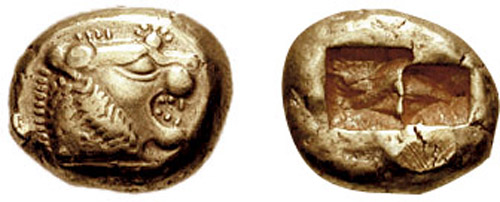
3. When did numismatics begin?
Many of us have wondered when the study of coins, what we call numismatics, began. Joseph Hilarius Eckhel, an 18th-century Austrian Jesuit priest who devoted himself to the study of antiquities and coins, is considered the founder of numismatics, although it was in the late 19th and early 20th centuries, with the emergence of positivism (a philosophical current that affirms that knowledge comes from what is observable and objective) when it was
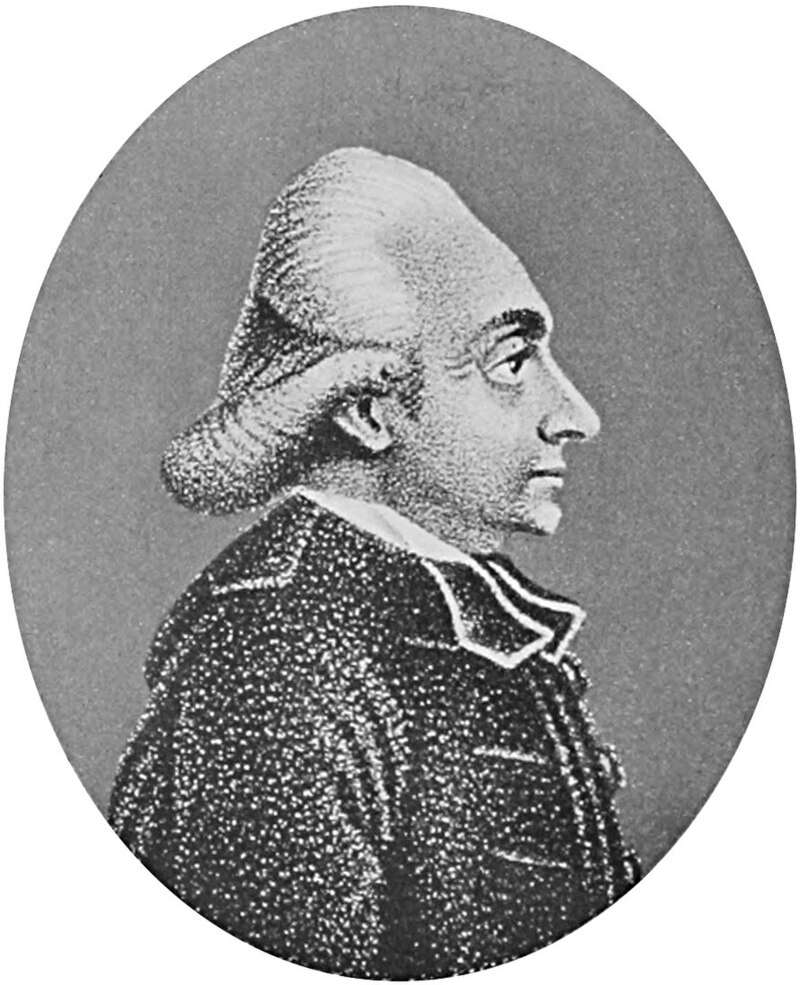
consolidated as an auxiliary discipline of history and the study and collecting of coins spread throughout the world. Today, numismatics is a hobby in all five continents.
4. A coin long dismissed as a fake revealed an unknown Roman Emperor
Deep in history, a gold coin unearthed in Transylvania unveiled an ancient mystery. The gold coin, engraved with the name and portrait of an unknown emperor, challenged scholars for centuries. Who was this enigmatic ruler, a forgotten usurper or a short-lived prince
The piece, found in 1713 and considered a possible forgery, remained hidden in the numismatic collection of the Hunterian Museum. However, a recent scientific study confirmed its authenticity. The aureus, minted in the 3rd century AD, showed scratches, wear marks, and minute traces of soil, evidence of its circulation over a long period.
The name of the presumed emperor, Esponsianus, is unique and barely recorded. This aureus has an intriguing reverse: two toga-wearing figures and a column of beads.
5. The Spanish Coin that Forged the Fate of the Dollar
At the dawn of history, when caravels sailed the seas and adventures were woven in the far reaches of the New World, one Spanish coin shone with unparalleled splendor: the “real de a ocho” (also known as “Spanish dollar” or “Pillar dollar“). Minted by the Spanish Empire in the mid-16th century, this silver treasure (today highly coveted by collectors) became the cornerstone of the colonial economy, and its hegemony in world trade lasted no less than 300 years! It was, so to speak, the equivalent of today’s dollar.
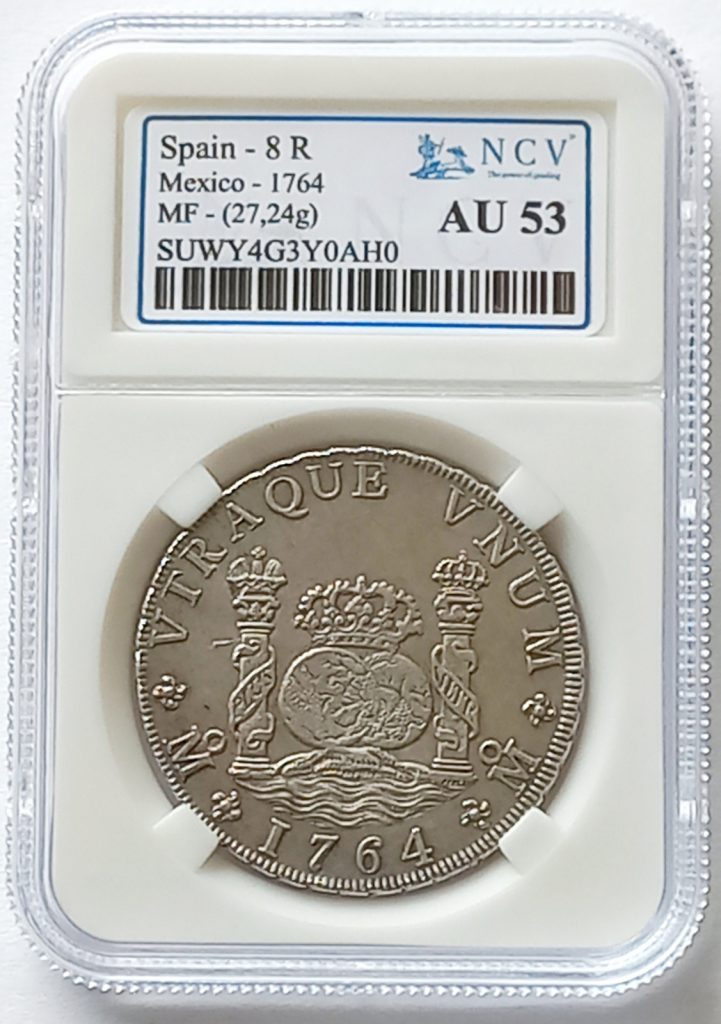
6. The oldest coin still in use
The pound sterling is the oldest currency in the world and is still in use as a legal tender, dating back some 1,200 years. In fact, sterling became the official currency of the United Kingdom when England and Scotland united to form a single country in 1707, but the pound was used as a form of money as early as 760.
As you may know, the GBP, or British pound sterling, is the official currency of the United Kingdom. It is symbolised by the pound sign (£).
But if we are talking about the oldest coin design still in circulation, it is the Swiss 10-cent coin, produced by the Swiss Mint in Switzerland since 1879. This is recognised by the Guinness Book of Records.
7. The strangest shaped coins
Numismatics is not only about round coins. In terms of shape, some pieces defy the norm. They range from triangular coins (such as the groschen issued in 1552 from Nuremberg or the 2 dollar coin from the Cook Islands), square (particular rupees and annas), rectangular (Paanga from Toga or the half maraveri issued in Navarre), pentagonal (such as the 5 rials from North Yemen); there are also heptagonal coins, such as the famous 50 pennies from the United Kingdom, which have a large number of collectors.
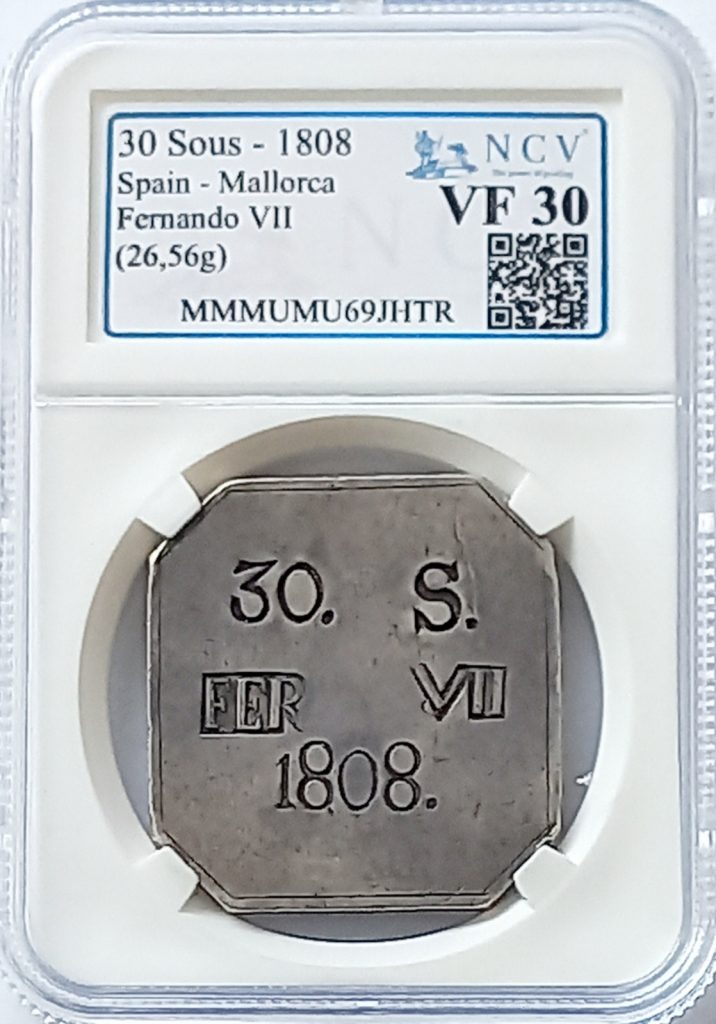
There are even coins with more than 8 sides, oval or round with holes in the centre, in the shape of a flower… even in the shape of a spade, in the shape of a stamped bar like the Indian Karshapana, the 8 reales of Potosi in the shape of a heart, and a dolphin, like the Dolphin of Olbia, from the 5th century BC and made of bronze.
8. The most expensive coins in history
Some coins reach exorbitant prices at auction, which are sometimes hard to believe. The most expensive coin ever sold at auction is the 1933 Double Eagle. With a face value of $20, this US coin was designed by sculptor Augustus Saint-Gaudens and never circulated. The coin was auctioned for $19.5 million at Sotheby’s auction house in New York in 2021. The coin has earned the nickname ‘the Mona Lisa of coins’ due to its unique rarity. Moreover, it is the only kind that is still in private hands.
In fact, the top 7 most expensive coins are from the United States. The first nationality other than the US in the ranking of the most expensive is in seventh position, and it is Chinese: the Fengtien Tael (known as ‘the king of Chinese coins’) sold for 6,900,000 dollars in 2022.
The most expensive ancient coin sold to date is the Marcus Junius Brutus Aureus, sold for $4,174950 in 2020.
9. The smallest coin
The world’s smallest coin is a commemorative coin from Switzerland featuring the famous image of Albert Einstein sticking out his tongue. This coin has a diameter of only 2.96 mm and weighs 0.063 grams. It is made of pure gold and only 999 coins were minted. Due to its exceptional dimensions, it has been registered in the Guinness Book of Records as the world’s smallest commemorative coin.
10. Coins made from the rarest materials
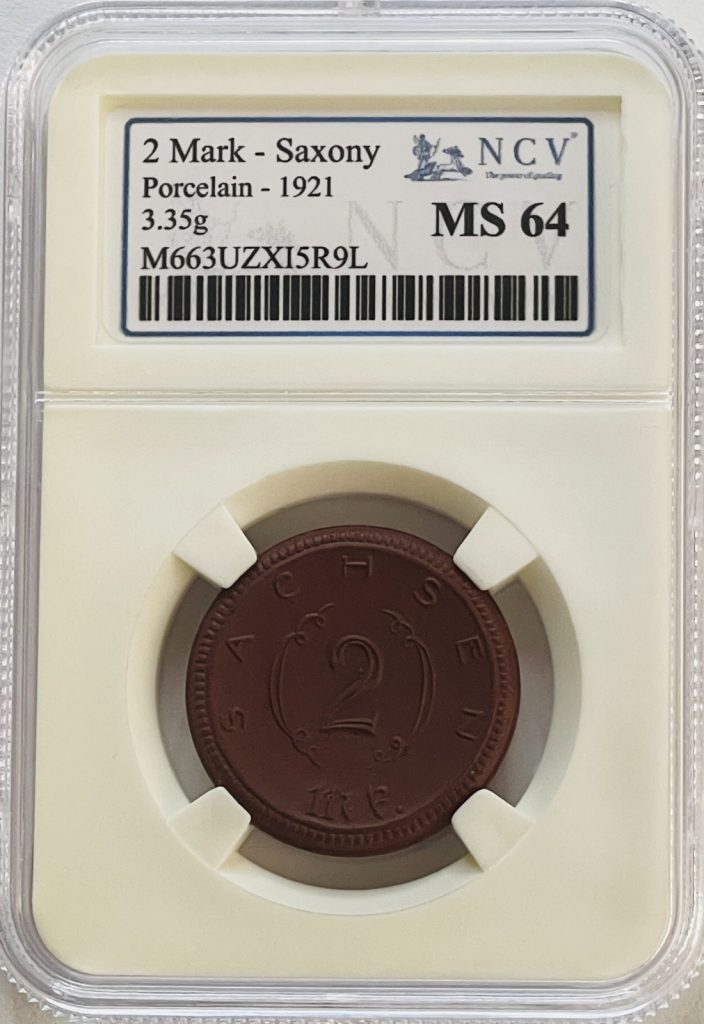
Initially, the money could be salt, wheat, or even shells! But when it comes to coins, coins have been made from a wide variety of materials apart from precious metals such as gold and silver (even platinum and palladium) and cheaper metals such as copper and zinc. In fact, a country or a central bank can issue coins in any material it chooses. Still, metal suffers less wear and tear than other components, so finding coins in any other material is complex.
But they can be found in the most curious materials! For example, during part of the Weimar Germany period in the early 1920s, due to the severe economic situation after World War I, the Meissen porcelain factory issued fine porcelain coins, which can still be found and are highly collectible. Iron coins (such as the German 5 Pfennings of 1918) have also been made. During the Spanish Civil War, coins known as ‘coin stamps’ were produced, which were cardboard discs that served as a rigid backing on which a stamp was glued.
There are even coins (though not yet legal tender) made from meteorites! Another coin that draws a lot of attention is the plastic Transnistrian 5 roubles from 2014, which circulated for a short period.
We’re so glad you stopped by the NCV blog! We hope you enjoyed reading about numismatic curiosities as much as we enjoyed writing about them. Thanks for your visit!

